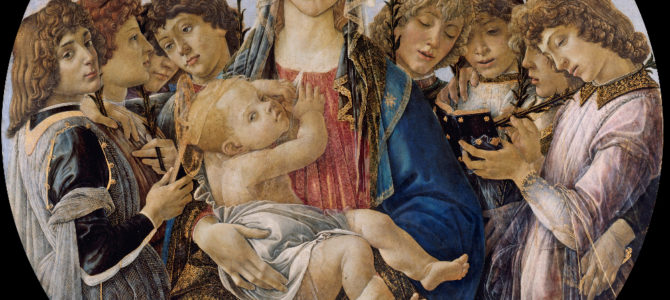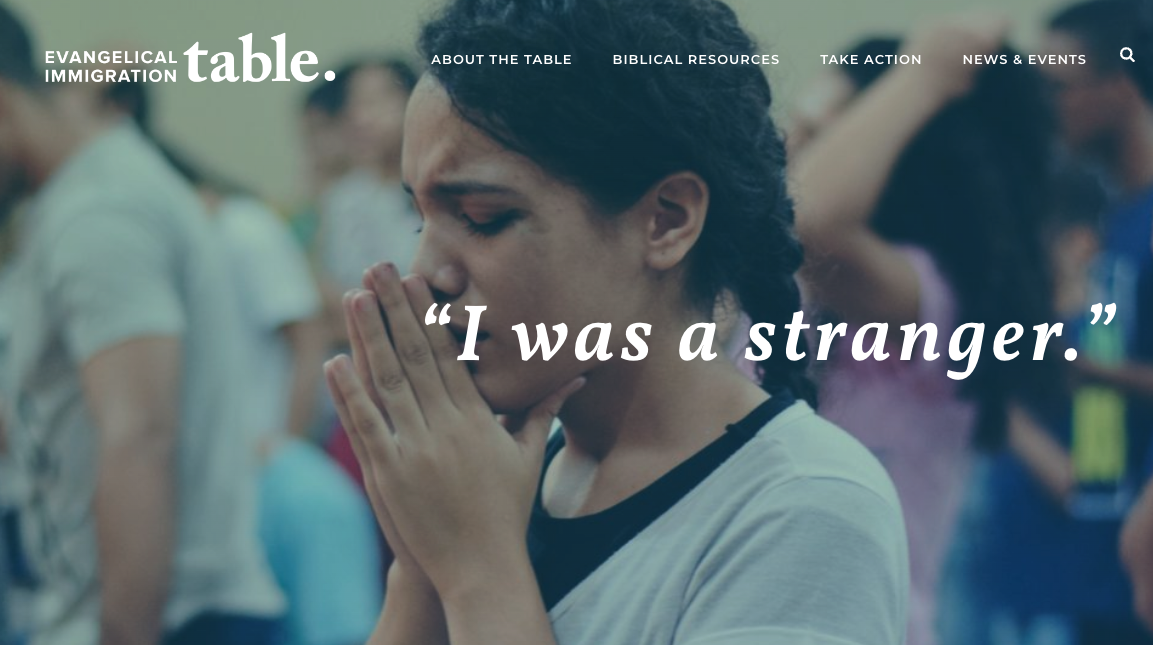
Ours is the age of women’s empowerment. An article for the Huffington Post says empowering girls and women is “the key to economic growth, political stability, and social transformation.” The local, national, and global organizations involved in this are legion—even many Christian organizations have elevated this to a key initiative.
Yet, as many observers argue—including some females living in the third world—women’s empowerment often means forcing a particular Western, postmodern ideology upon the women of the world. Female empowerment, without a broader moral and intellectual paradigm and vision to guide it, often reduces to a sheer Nietzschean “will to power” that seeks self-glory and advancement at the expense of everything else.
Thankfully, one institution has been in the business of women’s empowerment for almost 2,000 years: Christianity. November 16 and 17 are particularly appropriate for a reflection on Christianity’s role in empowering women. They are the feast days of St. Margaret of Scotland and St. Elizabeth of Hungary, two Medieval saints who also happen to have been powerful queens of Europe.
The church’s elevation of them to the status of saints itself demonstrates Christianity’s honoring of these women has a long and strong track record. Their stories, like many other Christian female saints, exemplifies courage, virtue, wisdom, and faith, and provides a far better exemplar for what true empowerment should look like.
The True Power Of Margaret And Elizabeth
Margaret was not originally from Scotland, but the daughter of a Hungarian princess and an English prince. Her family was forced to flee from William the Conqueror and was shipwrecked off the coast of Scotland. There she met King Malcolm, whom she married in 1070.
Margaret sought to improve her adopted nation of Scotland by promoting the arts and education. She promoted correcting religious abuses common among priests and laypeople, such as simony, usury, and incestuous marriages.
She lived an austere life defined by prayer, reading scripture, fasting, and little sleep. She was known to wash the feet of the poor and give them alms. Not surprisingly, she was always surrounded by beggars, whom she never refused. One historical document claims that she never sat down to eat without feeding a number of orphans and adults.
The life of Elizabeth of Hungary is very similar. Born in Hungary in 1207 to the country’s king and queen, she wed Ludwig IV of Thuringia, a German nobleman, in 1221 and had three children with him. Elizabeth determined to live austerely, praying, doing penance, and serving the poor through works of charity. She sought a life of poverty based on the teaching of St. Francis of Assisi, including wearing simple clothing and taking bread to hundreds of poor Hungarians daily.
These activities angered members of the Hungarian court, including her mother-in-law, who thought Elizabeth’s actions were unseemly for a queen. When disease and flood struck Thuringia, Elizabeth cared for victims by giving away royal clothing and goods to the afflicted. She established a hospital that served almost 1,000 people a day. After her husband’s death, she took a vow of celibacy and joined the Third Order of St. Francis in order to more diligently care for the poor. She died at the age of 24.
Christianity: The First Creator Of Empowered Women
Both of these women lived in the Middle Ages, a period that many contemporary voices label as aggressively oppressive towards the female sex. Yet Margaret and Elizabeth not only exhibited power as queens, they were honored by the supposedly male-dominant, oppressive Catholic Church for their saintly virtue exercised within the context of their political power.
Indeed, the church acknowledges that these saintly queens used their power for good — through the arts, through intellectual advancements, and through charity for the needy. The honoring and elevation of these two women is no anomaly; it’s been par for the course since the beginning of the Christian religion.
As I argued in a previous article, Christianity can claim a unique and unprecedented role in promoting the inherent dignity of women. Jesus himself was accompanied by women during his three-year ministry. Indeed, the gospel tells us some of these women funded him and his disciples!
After his death and resurrection, he appeared first to a woman, Mary Magdalene. This alone was radical—women in the first century Roman Empire couldn’t serve as legal witnesses, yet Jesus has a female witness his resurrection from the dead and exhorts her to go and tell the male apostles. This is why church tradition calls Mary Magdalene the “apostle to the apostles.”
This radicalism continued through the early church. Christian leaders outspokenly opposed infanticide, which disproportionately targeted females. The third-century Passion of Saint Perpetua, Saint Felicitas, and their Companions, an account of the martyrdom of two Christian women, is the first document in world history to offer a first-person account where females are the main characters.
The church attacked polygamy, which disadvantaged women, and offered females new freedoms to reject marriage in favor of alternative religious vocations. In thirteenth-century France, women were found in the professions of teachers, doctors, and pharmacists, among others. Women received unprecedented levels of education through the church.
Another female saint of the period, 29-year-old Catherine of Siena, provided directives to Pope Gregory XI — and he obeyed her! As Luma Simms argues in other article for The Federalist, the church has named a number of these women doctors of the church, “because they are seen as top-tier theologians, from whom all—women and men—can learn of the glory of God.”
Faith Is the Proper Context For Female Empowerment
The mistreatment and objectification of women has been dominant in our nation’s conversation, epitomized most recently in our national midterm elections. Yet where did the idea of women’s equality originate? The New Testament and the Christian tradition. It is the Christian faith that can still provide the proper guidance for female empowerment today.
Facebook COO Sheryl Sandberg and other high-achieving women urge their sex to “lean in,” to work harder than ever to have it all—the six-figure job, the professional accolades, the perfect family. Yet as many observers increasingly note, trying to manage these many competing interests often runs people into the ground, and takes its toll on children, on a marriage, and on women themselves.
Indeed, many female writers like Mary Eberstadt, Janet Smith, and Obianuju Ekeocha argue that abortion and birth control, the two inviolable pillars of the feminist movement, have done inestimable harm to women’s bodies, sexuality, and psychological and spiritual welfare.
What is required is a moral and spiritual context for women’s empowerment, one that recognizes the inherent dignity and equality of the female sex, without the lies proffered by the sexual revolution or Fortune 500 executives. The Judeo-Christian tradition offers this. Indeed, as history shows through the examples of women like Margaret of Scotland and Elizabeth of Hungary, it has always offered this.
The Christian faith has always provided a place for strong, independent women to live out their vocations, ever since a poor Jewish peasant woman named Mary said “yes” to God, agreeing to become the essential component in God’s plan of redemption for the human race. Indeed, without Mary, there is no Jesus, and without Jesus, there is no hope for mankind.
Margaret and Elizabeth undoubtedly recognized this truth and used it to inspire their own life missions. All women would do well in the same.









